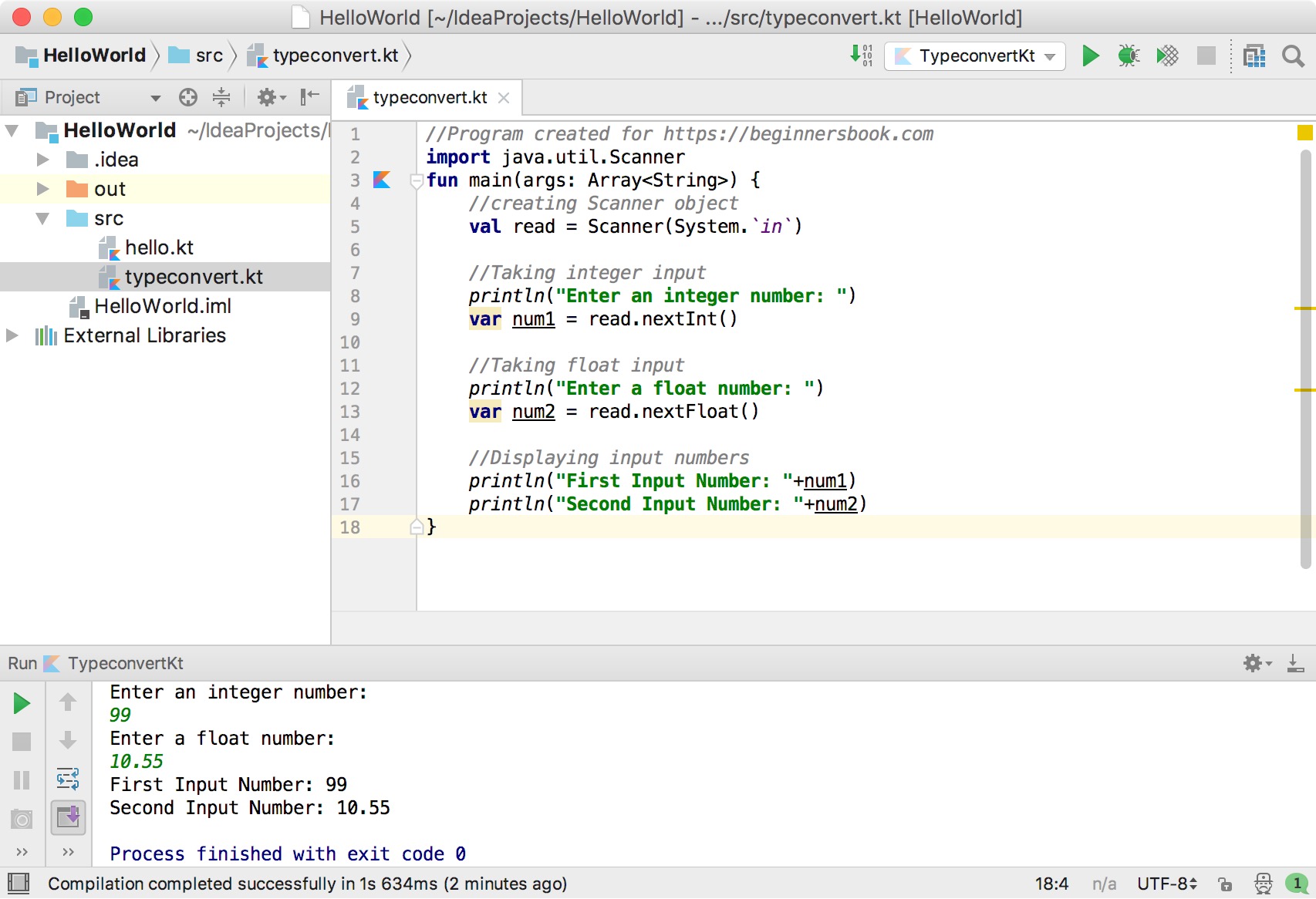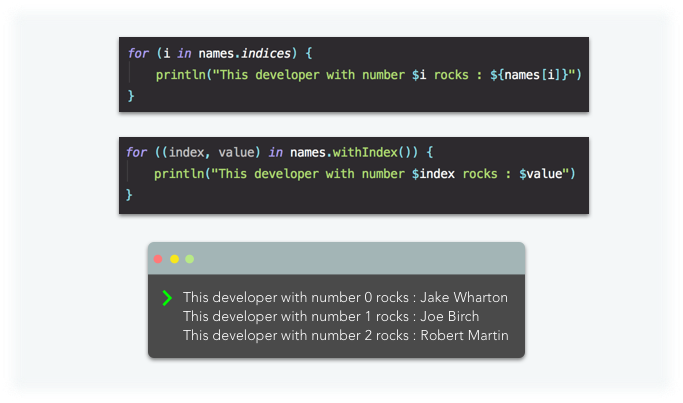
Then run the code and your output will be printed 🤓.

For next steps, take a look at the official Kotlin documentation along with the guide on how to apply common Kotlin patterns in your Android apps. We encourage you to give it a try if you haven’t yet. All you need to do is call the specific function in the main function. Kotlin is a flexible, pragmatic language with growing support and momentum.
open class CharProgression : IterableTypes Common JVM JS Native 1.0 CharProgression A progression of values of type Char. Let’s look at how we could use ranges.īefore we begin writing our code, you can use the following to run the functions. kotlin.ranges - Kotlin Programming Language Common JVM JS Native Version 1.8 kotlin-stdlib / kotlin.ranges Package kotlin.ranges Ranges, Progressions and related top-level and extension functions. We can use functions to create progressions and check for values in ranges. In other words, a range is an interval from the start value to the end value. Both the start and end values belong to the range too. That is, a range of 1 as the start value and 5 as the end value. A simple example would be, the values between 1 and 5 form a range. What are rangesĪ range is a collection of values determined by a start and stop value.

The for loop in Kotlin can be used to iterate through anything that provides an iterator. In this article, we will be taking a look at Kotlin ranges. In Kotlin, the for loop works like the forEach in C. We will address one of the solutions it offers: iterations. The boilerplate code present in Java is also greatly reduced. Since it is compiled the same way as Java, its functions and methods ensure your code is more efficient. You can convert a range (or any Iterable) to a List with toList (): (1.5).
Kotlin provides easier ways to perform specific actions. 3 Answers Sorted by: 13 That syntax creates a list of ranges ( List
Most of these solutions aim to make development easier and faster. When the operands a and b are statically known to be Float or Double or their nullable counterparts (the type is declared or inferred or is a result of a smart cast), the operations on the numbers and the range that they form follow the IEEE 754 Standard for Floating-Point Arithmetic.Kotlin provides a wide range of solutions. Range instantiation and range checks: a.b, x in a.b, x !in a.b Ranges are defined for comparable types: having an order, you can define whether an arbitrary instance is in the range between two given instances. The operations on floating-point numbers discussed in this section are: A range defines a closed interval in the mathematical sense: it is defined by its two endpoint values which are both included in the range. Here is the complete list of bitwise operations:


 0 kommentar(er)
0 kommentar(er)
